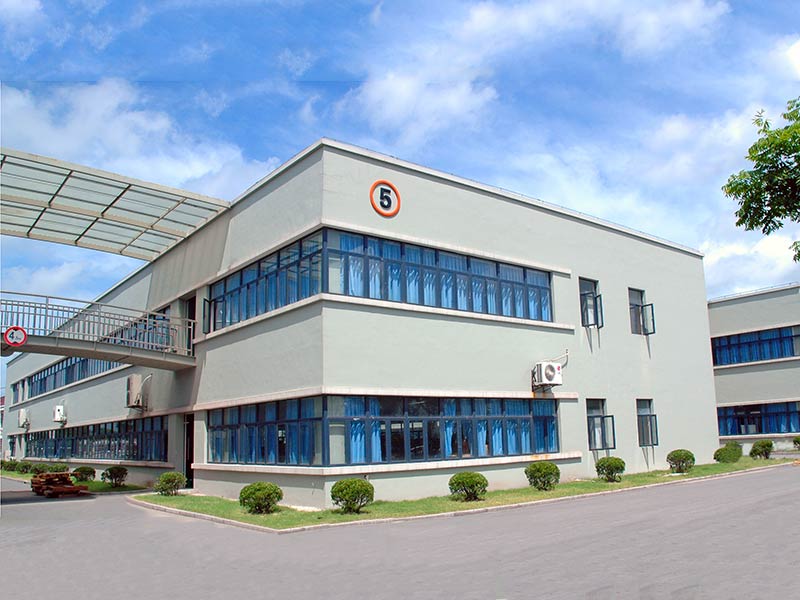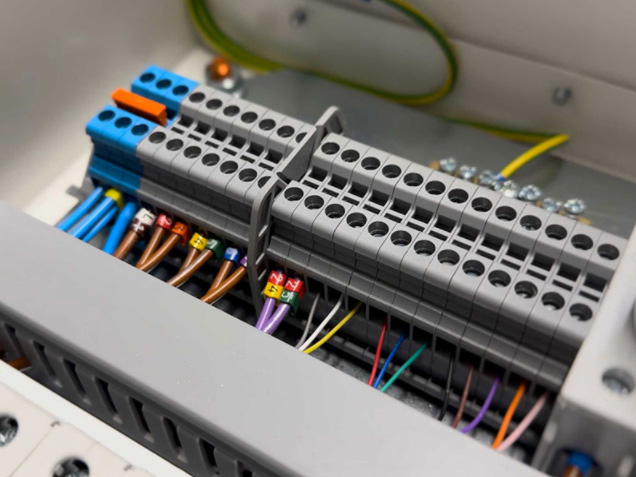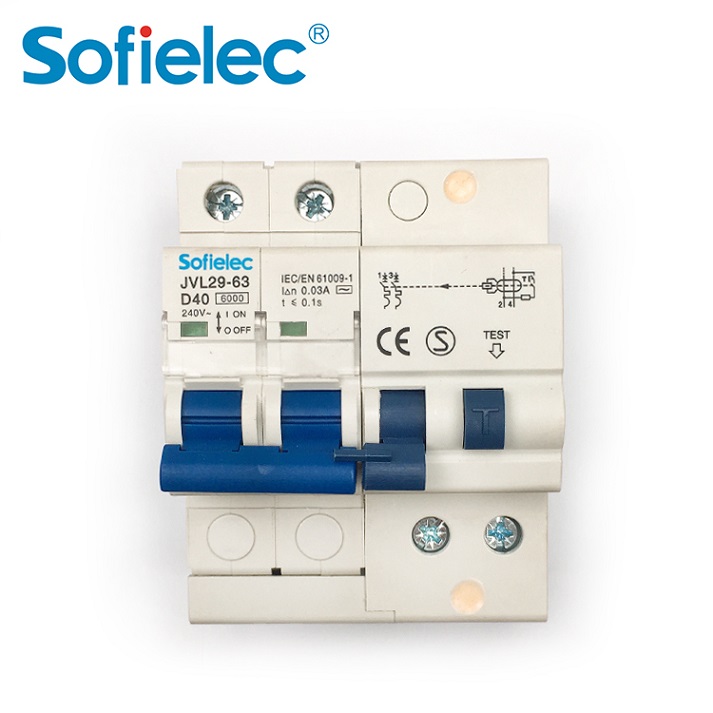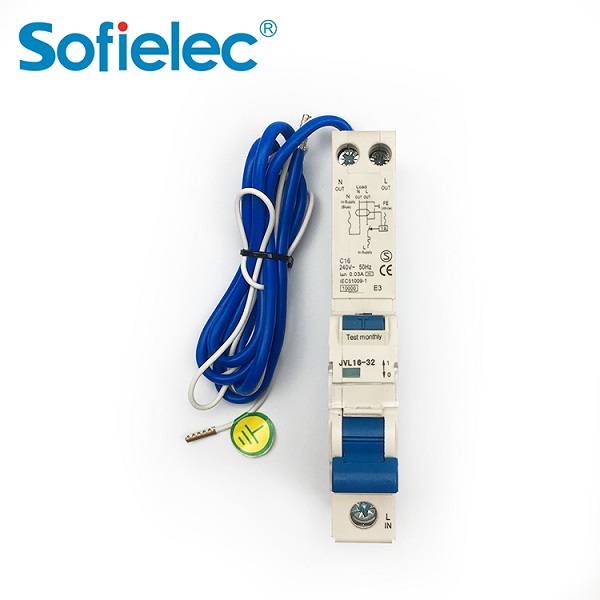Basic considerations for circuit breakers
How should circuit breakers be maintained in daily life?
Common circuit breakers in daily life are household small circuit breakers, commonly known as air circuit breakers.
How should we maintain the circuit breaker on a daily basis?
At regular intervals (around six months or during regular maintenance), dust should be removed from the circuit breaker to ensure good insulation.
Regularly inspect the contact system, especially after breaking the short circuit current, and pay attention to the fact that the circuit breaker must be in the disconnected position and the incoming power supply must be cut off during the inspection; Wipe off scratches on the circuit breaker with alcohol and clean the contact burrs; When the thickness of the contact is less than 1mm, the contact should be replaced.
After using the operating mechanism for a period of time (usually 1/4 mechanical life), lubricating oil should be added to the transmission part (not required for small capacity molded case circuit breakers).
When the circuit breaker breaks the short-circuit current or is used for a long time, clean the smoke marks and metal particles on both walls of the arc extinguishing cover. If a ceramic arc extinguishing chamber is used, the arc extinguishing grid is severely burned or the arc extinguishing cover is broken, and it is not allowed to replace it immediately after use to avoid unexpected accidents.
A circuit breaker with a bimetallic release cannot be "re tripped" immediately after breaking due to overload. It needs to be cooled for 1-3 minutes and can only be "re tripped" after the bimetallic release is reset.

Common faults and handling methods of several circuit breakers
【1】 Common Fault 1
1. Fault phenomenon: The auxiliary switch of the circuit breaker is malfunctioning.
2. Fault cause:
(1) The contact bridge of the auxiliary switch of the circuit breaker is stuck or detached.
(2) The transmission rod of the circuit breaker auxiliary switch is broken or the roller is detached, resulting in a loss of control.
3. Fault handling methods:
(1) Remove the circuit breaker and re clamp or directly reinstall the contact bridge inside the auxiliary switch.
(2) Directly replace the transmission rod of the circuit breaker or directly replace the auxiliary switch, depending on the actual situation.

【2】 Common Fault 2
1. Fault phenomenon: The semiconductor release inside the circuit breaker malfunctions, causing the circuit breaker to lose control and directly disconnect.
2. Fault cause:
In most cases, it may be due to excessive electromagnetic interference from the outside that affects the normal operation of the semiconductor release, but whether there is a fault in itself requires us to detect it in advance.
3. Fault handling methods:
Find the cause of the malfunction of the semiconductor release and try to isolate electromagnetic interference from the external environment.
【3】 Common Fault 3
1. Fault phenomenon: Excessive noise during operation of the voltage loss release.
2. Fault cause:
(1) Excessive tightening of the reaction spring results in excessive force generated by feedback.
(2) There are impurities such as dust, oil stains, and debris inside the release.
(3) The short circuit ring of the release has broken.
3. Fault handling methods:
(1) Adjust the tightness of the spring to the appropriate range.
(2) Clean the interior of the release as necessary to remove any impurities.
(3) If the short circuit ring of the release breaks, it can only be replaced again.

Working principle of circuit breaker
Circuit breakers are generally composed of contact systems, arc extinguishing systems, operating mechanisms, releases, enclosures, etc.
When there is a short circuit, the magnetic field generated by the large current (usually 10 to 12 times) overcomes the reaction spring, the release pulls the operating mechanism, and the switch trips instantaneously. When overloaded, the current increases, the heat generation intensifies, and the bimetallic sheet deforms to a certain extent, pushing the mechanism to move (the greater the current, the shorter the action time).
There is an electronic type, which uses a transformer to collect the current of each phase and compare it with the set value. When the current is abnormal, the microprocessor sendsa signal, causing the electronic release to drive the operating mechanism to operate.
The function of a circuit breaker is to cut off and connect load circuits, as well as cut off faulty circuits, to prevent accidents from expanding and ensure safe operation. The high-voltage circuit breaker needs to break 1500V, with an arc current of 1500-2000A, which can be stretched to 2m and still continue to burn without extinguishing. Therefore, arc extinguishing is a problem that high-voltage circuit breakers must solve.

The principle of arc blowing and extinguishing is mainly to cool the arc and reduce thermal dissociation. On the other hand, by blowing and elongating the arc, the recombination and diffusion of charged particles are strengthened. At the same time, the charged particles in the arc gap are blown away, quickly restoring the insulation strength of the medium.
Low voltage circuit breakers, also known as automatic air switches, can be used to connect and disconnect load circuits, as well as to control infrequently started motors. Its function is equivalent to the sum of some or all functions of electrical appliances such as knife switches, overcurrent relays, voltage loss relays, thermal relays, and leakage protectors. It is an important protective appliance in low-voltage distribution networks.
Low voltage circuit breakers have various protection functions (overload, short circuit, undervoltage protection, etc.), adjustable action values, high breaking capacity, convenient operation, safety, and other advantages, so they are widely used. The structure and working principle of a low-voltage circuit breaker are composed of an operating mechanism, contacts, protective devices (various releases), arc extinguishing systems, etc.
The main contacts of low-voltage circuit breakers are manually operated or electrically closed. After the main contact is closed, the free release mechanism locks the main contact in the closed position. The coil of the overcurrent release and the thermal element of the thermal release are connected in series with the main circuit, while the coil of the undervoltage release is connected in parallel with the power supply. When a short circuit or severe overload occurs in the circuit, the armature of the overcurrent release engages, causing the free release mechanism to operate and the main contact to disconnect the main circuit. When the circuit is overloaded, the thermal element of the thermal release heats up, causing the bimetallic sheet to bend and pushing the free release mechanism to operate. When the circuit is under voltage, the armature of the undervoltage release is released. It also causes the free release mechanism to operate. The shunt release is used for remote control. During normal operation, its coil is powered off. When distance control is needed, press the start button to turn on the coil.



